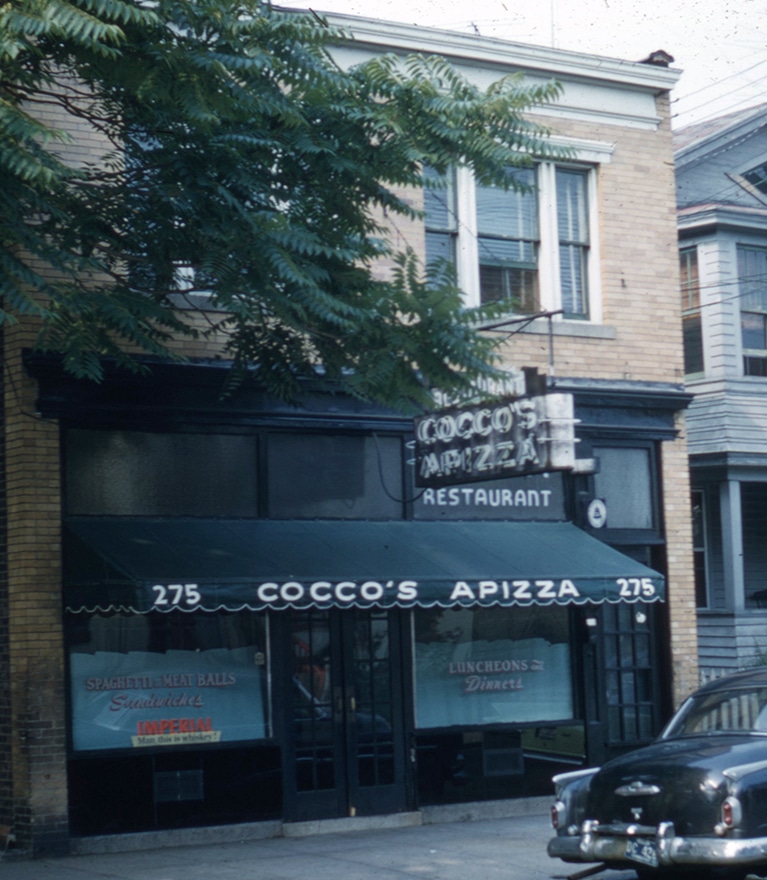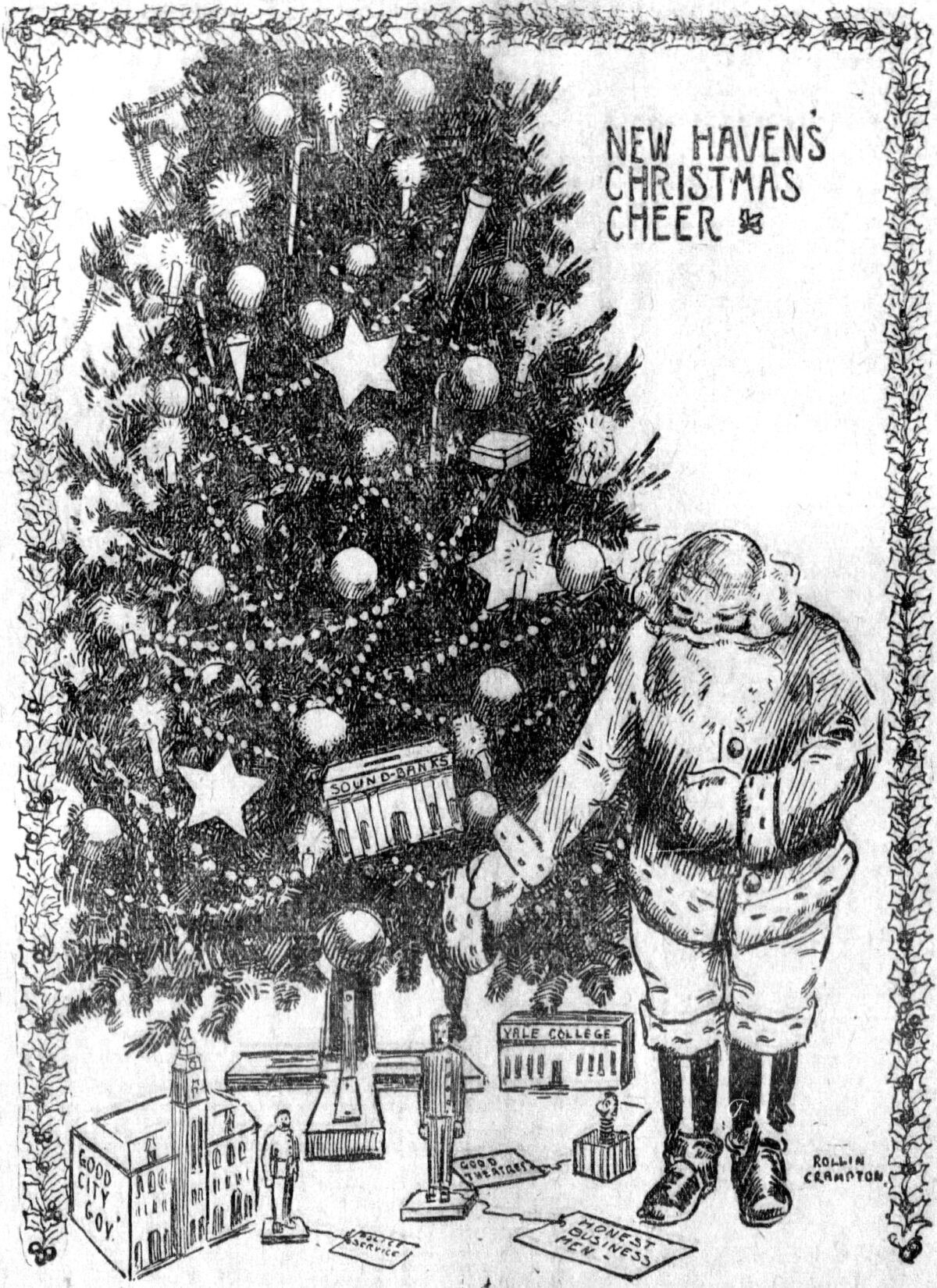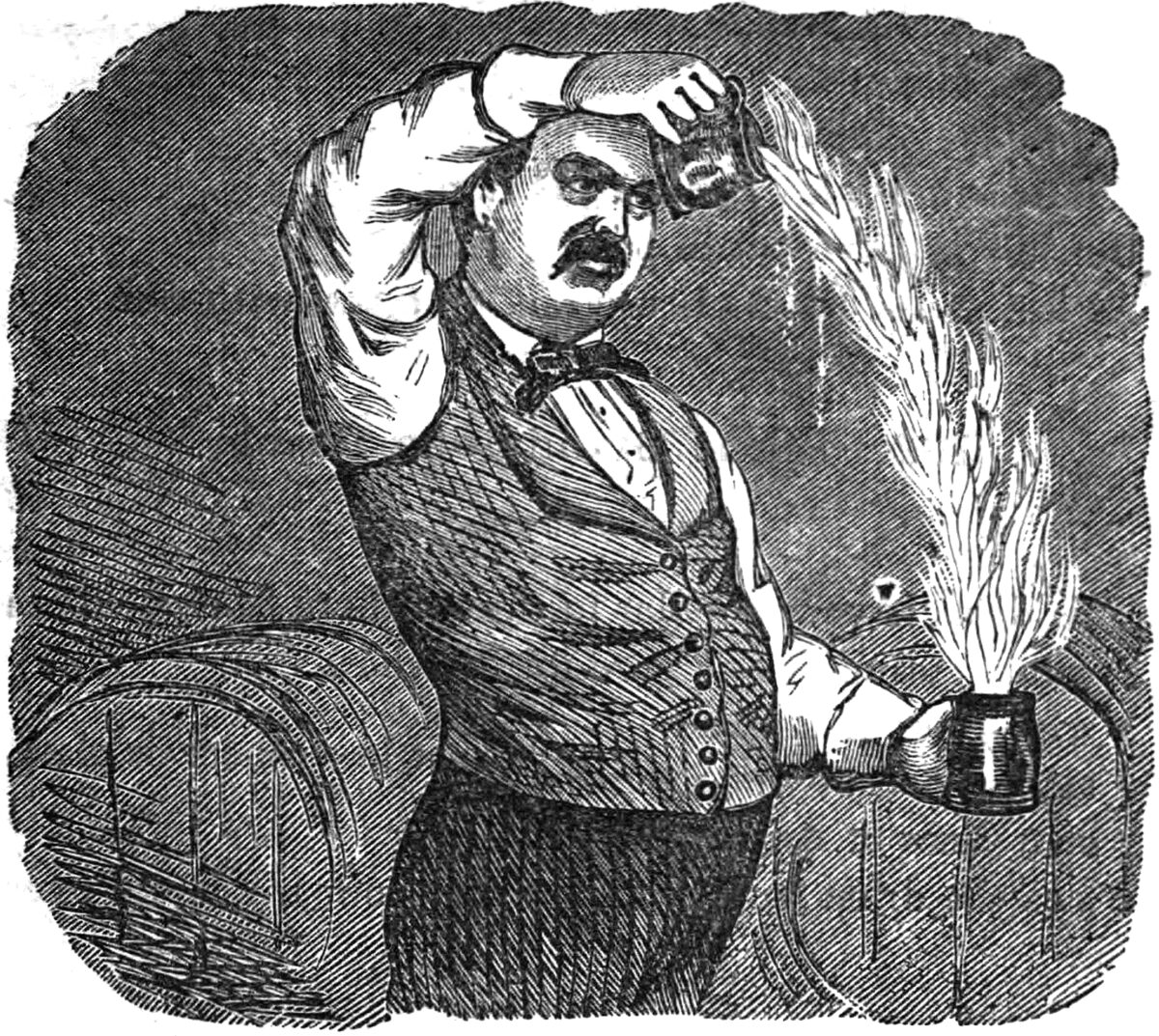To Apizza or Not To Apizza
Colin M. Caplan
March 7, 2022
Change is one surety provided by the passage of time especially in reference to human culture, activities, language and food. Looking at one of the present day’s most popular foods on the planet, pizza, it may not be so apparent how this distinct and delicious edible fuel source came to be. The simple answer, and usually the correct one, is that pizza hailed from Italy and migrated around the world in the minds and traditions of hopeful families looking for a better life. This culinary seed sprouted in faraway lands like Argentina and the United States early on but it took decades before it became widely accepted.
In Italian, Pizza means pie or cake, and really refers to the crust or base of the bread. While there are many kinds of pizza in Italy, the one that has captured the hearts, minds and mouths of our global lust is the Neapolitan Pizza. Most of the world’s understanding of pizza originated from Campania in southern Italy centered around Naples, hence the proliferation of the Pizzeria Napoletana, or Neapolitan Pizza House. After the fall of the Roman Empire Italy was a collection of City-states, the largest being the Kingdom of Two Sicilies headquartered at Naples. Over the centuries this area of Italy had seen its share of rulers from all over Europe and North Africa, each one leaving behind remnants of their culture. When Italy was unified in 1861 by Giuseppe Garibaldi, the country began to homogenize and centralize its power and influence in its northern states. Florentine Italian became the accepted language and all other languages and dialects were shunned. Campanian language was forced out of society slowly but surely, and over time its words were rendered to linger on only in oral tradition and memory.
Pizza’s origin was Campanian and the original language of that region was Neapolitan giving evidence to how pizza was originally spoken and written. The Italian word with article La pizza also exists in Neapolitan but following the language’s syntax rules in Italian La converts to a’, and the Italian una converts to na’. Whereas Italian one writes la pizza (the pizza) or una pizza (a pizza), Neapolitan writes a’pizza or na’pizza. Where the word gets even trickier is in its Neapolitan pronunciation; in Italian it’s pronounced la peetza or oona peetza, but in Neapolitan it’s said ahbeetz or nabeetz. One example of Neapolitan pizza spelling shows up in music in the 1966 Italian song, ’A Pizza, written in Neapolitan by Alberto Testa & Giordano Bruno Martelli and performed by Aurelio Fierro where the line “‘a pizza Cu ‘a pummarola ‘ncoppa” is translated “pizza with tomato sauce on top.” Records of the Neapolitan way of speech exist and many people in Campania still speak the language amongst each other, but Neapolitan has largely been removed from writing and teaching, the results of major cultural shifts.
When millions of southern Italians fled Italy starting in the 1870s they unwittingly exported their food and language with them. The earliest pizzerias in the United States opened in cities with large Campanian populations particularly in the Northeast. Ethnic enclaves helped immigrants build new lives within their language barrier while continuing their traditional homeland rituals. In many of these neighborhoods, termed Little Italy’s, cultural change and assimilation was slowed. Over a period of about 60 years thousands of Campanian families stayed on in the US, adopting American customs while continuing the old. Meanwhile back in the old country, Italians were in the midst of two world wars, ever changing cultural habits, and new trends, completely removed from their diaspora across the sea. In this way Italy’s culture, food habits and language evolved while Italian Americans held onto their fading traditions, repeating and teaching each successive generation the lessons of the Italy of their ancestors.
It is not surprising that many Italian American traditions preserved ancient Italian culture that is no longer customary in Italy. Like a time capsule the language, rituals and food of old Italy still manifests in the older Italian American communities. One case study is in New Haven, Connecticut which continues to have the largest Italian American community per capita in the county, largely made up of descendants from Campania and having a very large contingent hailing from Amalfi, its Sister City. It’s widely recognized as a pizza lover’s city with its own style of pizza (New Haven style) and its own way of saying it, Apizza, pronounced ahbeetz. Looking at both historic and newly opened pizzerias in the New Haven area the word Apizza is predominant in both restaurant names and on menus. Upon reading this word the casual onlooker might assume somebody misspelled pizza or have a liberal creative license. Only the savviest of Ooni fans have already recognized the historic connection the word Apizza has to old Campania. Indeed, the New Haven area is the last and only place in the country where the term Apizza is used instead of pizza.
There are a number of historic variations of the spelling of apizza that show up in photos, articles, menus and other records. In the New Haven area a pizzeria known as App’s Italian Pies in West Haven had a sign on its façade that read “ARBEETS” dating to about 1930. Soon after a 1933 photo inside the Fair Tavern in New Haven shows a sign behind the bar that reads “A’PIZZA” revealing the word’s evolution to include the article, hence the apostraphe. While Apizza use was centered around New Haven it was actually once more widespread than it is now. In fact nearly every Connecticut city had pizzerias that included Apizza in their name or menus up until the last quarter of the 20th century and some still exist. Beyond Connecticut historic records of the use of the word Apizza existed in parts of New York, Massachusetts, Pennsylvania, New Jersey, Delaware and Florida, some spelling it Apizza, some La Bitz, La Pitz and LaPietz. In 1943 an article in the Washington Evening Star about pizza at Coney Island in Brooklyn, New York says that pizza goes by the name “ahbeets” giving credence to its use in the Big Apple. But by 1960 the term apizza was disappearing from areas outside of Connecticut and in the following decades its use was more and more limited to Italian American enclaves in the New Haven area.
Just as Italians left Italy for a better life, so have New Haveners fled to other parts of the US over the years, some bringing their recipes for New Have style apizza. In the last 30 years the number of pizzerias making this style has increased dramatically to nearly 60 locations coast to coast, and some use the word apizza in their name. Prominent examples include Pete’s New Haven Style Apizza with locations around Washington D.C., APIZZA in Boston, Fantini’s Apizza in Stuart, FL, Apizza Di Napoli in Aiken, NC, Dimo’s Apizza and Apizza Scholls in Portland, OR, Tolli’s Apizza in John’s Island, SC, Tomatoes APizza with locations around Detroit and Sorriso Apizza in Alpharetta, GA. The American melting pot is continuously being stirred but some of its ingredients keep coming up to the surface. The continuing use of the word apizza in the New Haven area and its culinary embassies around the country provides a lineage of language, food, culture and tradition. In this way Apizza helps pump fresh energy and blood into the 45 billion dollar per year heartbeat of the American pizza scene and it retells the often lurid stories of bygone family histories and their withering memories of an imperceptible land, far, far away.





